78,000-Year-Old Human Remains Found in Kilifi Cave Await National Recognition
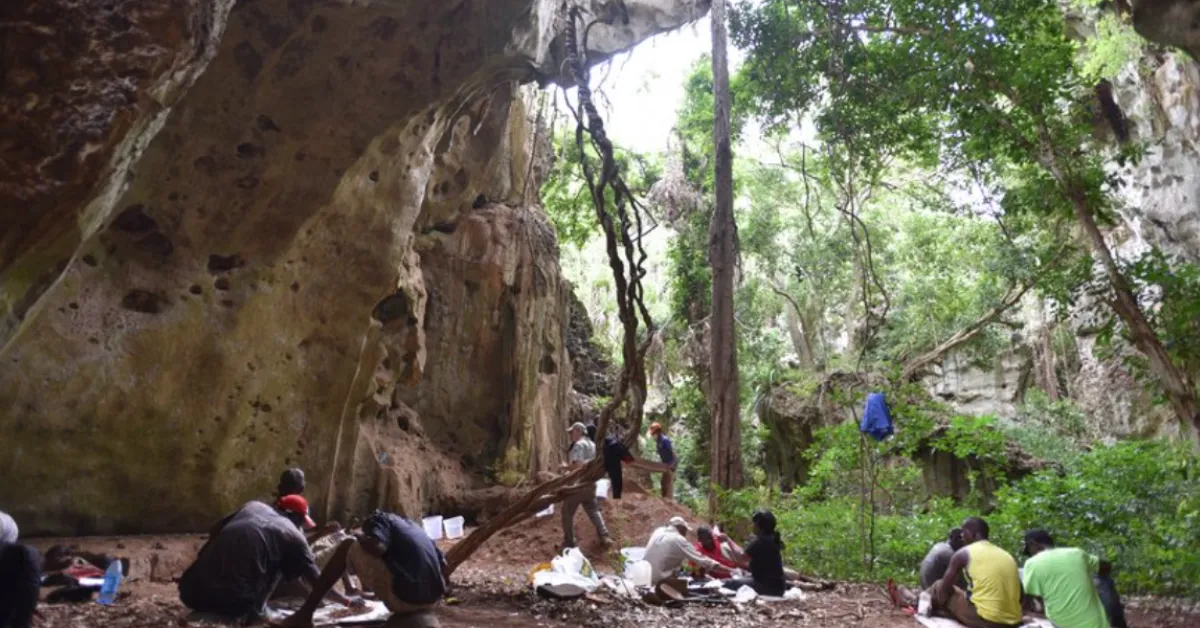
In June 2021, archaeologists made a significant discovery at the Panga ya Saidi caves in Kilifi County, unearthing the fossils of a three-year-old child dating back approximately 78,000 years.
This find represents one of the oldest human fossils identified in Africa. Alongside these remains, the site contained the bones of an adult male and various artefacts estimated to be 400 years old. However, despite this remarkable find, the site has yet to be recognized by the national government as a heritage site. Ownership of the land rests with the Musuko family from Kauma Sub-County, who have stepped in to manage the site.
The fossil remains are currently being analyzed at the National Research Centre on Human Evolution in Burgos, Spain, while the family embarks on efforts to promote the site as a tourist destination. The initiative to establish Panga ya Saidi as an international attraction is being spearheaded by the descendants of Mzee Ibrahim Said Musuko, particularly the children of his first son. Family spokesperson Samwel Musuko Shoka highlights that the government's indifference to promoting the site motivated their community-driven actions.
He emphasizes their commitment to collaborating with like-minded individuals to market the site globally for the benefit of both the community and future generations. Previously, the Kilifi County Government expressed interest in funding infrastructure development at the site, proposing a budget of Sh20 million for road and toilet facilities. However, the Musuko family declined the offer, citing concerns that the local community would not benefit without a comprehensive strategy to promote tourism.
While the family has allowed traditional prayers to continue in the caves, they have implemented protective measures for their investment. They are also encouraging local artists to share stories of the Mijikenda culture at the site as part of their promotional efforts. Mara Menzies, known as Mara The Storyteller, voices the significance of preserving Mijikenda heritage through art and storytelling.
Emmanuel Ndiema, Head of the Department of Earth Sciences at the National Museums of Kenya (NMK), confirms that Panga ya Saidi is still under investigation and has not yet been designated as government property. He notes that archaeological remains are legally protected, and following the investigations, NMK, in conjunction with the Kilifi County Government, intends to facilitate the site's gazettement.
UNESCO has also underscored the significance of the findings at Panga ya Saidi. Interdisciplinary investigations conducted by the Max Planck Institute for the Science of Human History, in partnership with the National Museums of Kenya, have enhanced understanding of the technological transition from the Middle to the Later Stone Age. These studies have revealed insights into the site's role within the late Holocene agricultural and trading networks along the Swahili coast.
Additionally, DNA analysis from a 400-year-old burial provided connections to both ancient and contemporary hunter-gatherer populations in eastern Africa. As the Musuko family endeavours to develop Panga ya Saidi into a notable tourist site, they are advocating for government support in preserving and promoting this invaluable aspect of Kenya's heritage.



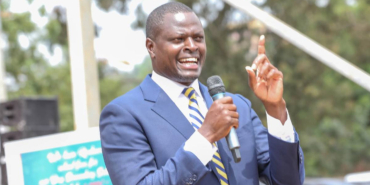


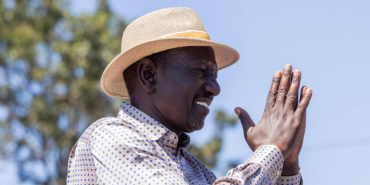
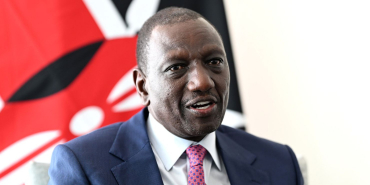

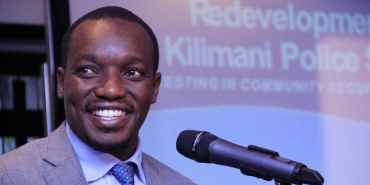


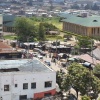

Add new comment